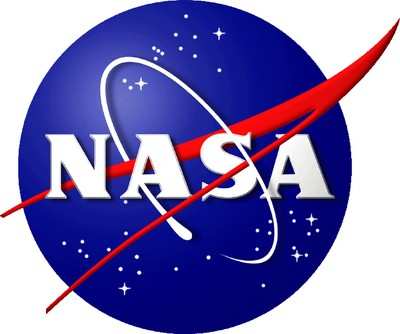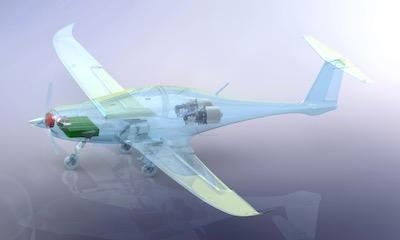Tue, Jul 26, 2022
Electric Flight Orchestra…
NASA’s Electrified Powertrain Flight Demonstration (EPFD) program seeks to hasten humankind’s transition from conventional, fossil-fuel-burning aircraft to ostensibly greener machines powered by Electrified Aircraft Propulsion (EAP) technologies. In collaboration with private industry partners, the space agency conducts ground and flight-tests of extant aircraft retrofitted with electric propulsion systems.

NASA posits that only by assessing and addressing the technical barriers and risks inherent fitting electric powertrains to existing airliners can standards be developed for future EAP aircraft. In addition to its regulatory aims, the EPFD program sets out to provide NASA’s aerospace industry partners data and experience by which to produce lighter, more powerful and efficient motors; improved pilot-interfaces with subject motors; and batteries and electronics conducive to maximizing aircraft safety and range.
NASA aspires to conduct at least two flight demonstrations of aircraft kitted out with electric powertrains developed under the auspices of its EPFD program within the next five-years. Longer-term, the space agency means to see such powertrains in broad use across America’s commercial airline fleet by 2035.
To meet its ambitious objectives, NASA has chosen a pair of U.S. companies—G.E. Aviation and MagniX—to develop electric propulsion technologies. To better motivate them, the two companies were awarded federal grants totaling $253-million—$179-million to G.E. and $74-million to MagniX.
The EPFD program is part of a larger NASA undertaking called Integrated Aviation Systems, which develops means by which to turn inchoate technologies into real-world, operational flight systems.

Across the globe, myriad companies are about the business of developing electric aircraft propulsion systems for light aircraft and the eVTOL vehicles saliant to emergent air-taxi markets. The diminutive size of such aircraft mitigates the weight—and therefore the output and endurance—of the batteries by which they’re powered. The regional and narrow-body aircraft upon which NASA’s EPFD program is predicated—by dint of their greater size and superior lift-production—allow for the carriage of heavy, powerful, long-lasting batteries that allow researchers to circumvent the fundamental, weight/power/endurance paradox by which the development of electric aircraft powertrains has been chronically hampered.
More News
A Puff Of Smoke Came Out From The Top Of The Engine Cowling Followed By A Total Loss Of Engine Power On May 9, 2025, about 1020 mountain daylight time, an experimental amateur-buil>[...]
From 2022 (YouTube Edition): Jenny, I’ve Got Your Number... Among the magnificent antique aircraft on display at EAA’s AirVenture 2022 was a 1918 Curtiss Jenny painstak>[...]
Very High Frequency (VHF) The frequency band between 30 and 300 MHz. Portions of this band, 108 to 118 MHz, are used for certain NAVAIDs; 118 to 136 MHz are used for civil air/grou>[...]
“From approximately November 2021 through January 2022, Britton-Harr, acting on behalf of AeroVanti, entered into lease-purchase agreements for five Piaggio-manufactured airc>[...]
From 2008 (YouTube Edition): US Fish and Wildlife Service Chooses The Kodiak To Monitor Waterfowl Populations Waterfowl all over North America may soon have to get used to a new ab>[...]
 NTSB Prelim: Lee Aviation LLC JA30 SuperStol
NTSB Prelim: Lee Aviation LLC JA30 SuperStol Classic Aero-TV: Curtiss Jenny Build Wows AirVenture Crowds
Classic Aero-TV: Curtiss Jenny Build Wows AirVenture Crowds ANN's Daily Aero-Term (05.30.25): Very High Frequency (VHF)
ANN's Daily Aero-Term (05.30.25): Very High Frequency (VHF) Aero-News: Quote of the Day (05.30.25)
Aero-News: Quote of the Day (05.30.25) Classic Aero-TV: Quest Kodiak Enhances Migration Monitoring Programs
Classic Aero-TV: Quest Kodiak Enhances Migration Monitoring Programs




